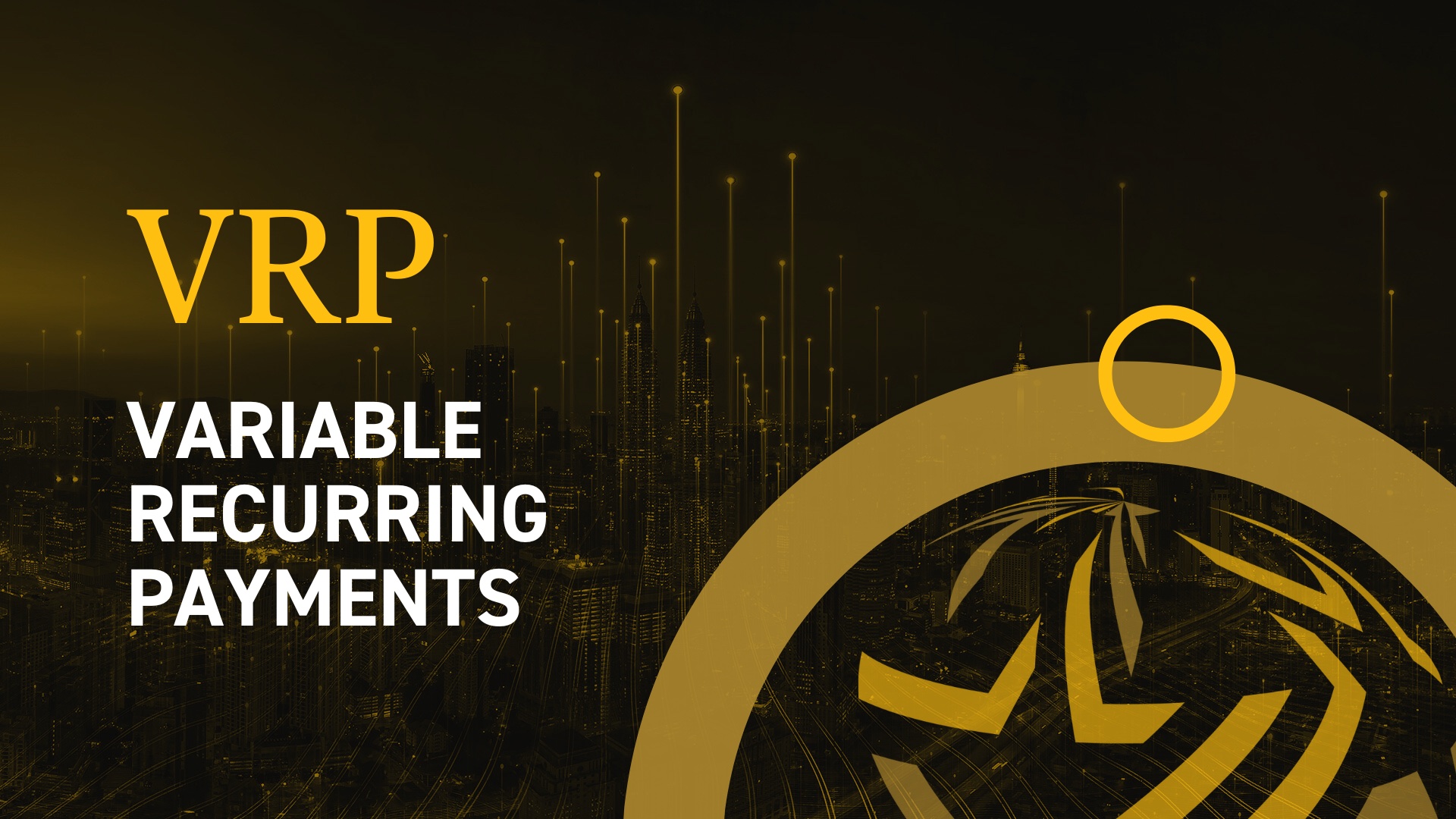
Home
/
Blog
/
Open finance: Around the world
 13:05 28 Jul 2021
13:05 28 Jul 2021
Australia’s Consumer Data Right: Open Banking in the land down under
 13:05 28 Jul 2021
13:05 28 Jul 2021
Australia’s ground-breaking Consumer Data Right (CDR) has created an economy-wide Open Data framework, starting with banking followed by energy and telco.
The “big 4 banks”, namely Commonwealth, NAB, Westpac and ANZ, went live with Open Banking on 1 July 2020 and all non-major banks were mandated to follow on the one-year anniversary that we recently celebrated. Unfortunately, the majority of banks failed to come to the party on 1 July 2021.
This is frustrating for the fintech community, although it has to be acknowledged that the availability of robust data APIs is a key success factor for the entire CDR regime, and hence it’s a question of time.
Australia has 13 Accredited Data Recipients and, as more become active in the market with live use cases, consumers can start to get on board too. It is, after all, the consumer’s data right.
Who regulates Open Banking in Australia?
The responsible regulator is the Australian Competition and Consumer Commission (ACCC) and the rules are set by the Treasury. The official data sharing standards are called the Consumer Data Standards and have been developed by the CSIRO’s Data61. The privacy requirements are covered by the Office of the Australian Information Commissioner (OAIC).
How can providers go to market in Australia with Open Banking?
To date, there has only been one route, which is to become an Accredited Data Recipient (ADR) which allows full access to CDR data across banking and other sectors.
The Treasury recently released draft amendments which propose tiered levels of accreditation as well as an unaccredited model for access to data insights. These changes have been welcomed by market participants and are expected to become effective in due course, subject to a consultation process.
The really interesting questions for providers looking at the Australian market are:
- What level of data access do I need? And how do I decide the right accreditation strategy?
- Who are the right partners for me in the Australian market?
- When is the best time to go live with an active use case?
- Give consent to an Accredited Data Recipient (ADR) to access the data.
- Verify identity using a single-use password.
- A digital link to the existing Data Holder’s (DH) website or app allows the user to manage the data they are sharing.
- The data is shared.
- The consumer can now use the ADR’s service.
Helen Child, Founder & CEO, Open Banking Excellence



 " alt="">
" alt="">

 " alt="">
" alt="">
 " alt="">
" alt="">
 " alt="">
" alt="">
 " alt="">
" alt="">
 " alt="">
" alt="">
 " alt="">
" alt="">
 " alt="">
" alt="">
 " alt="">
" alt="">